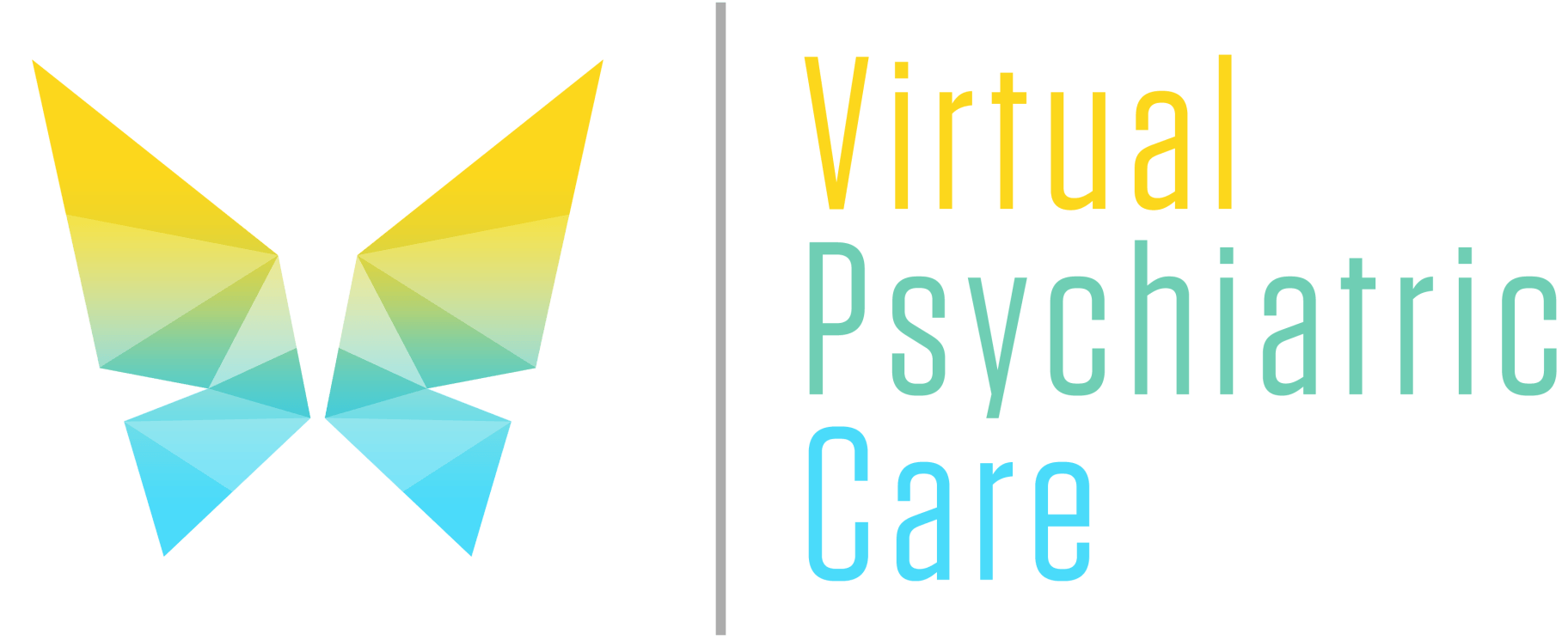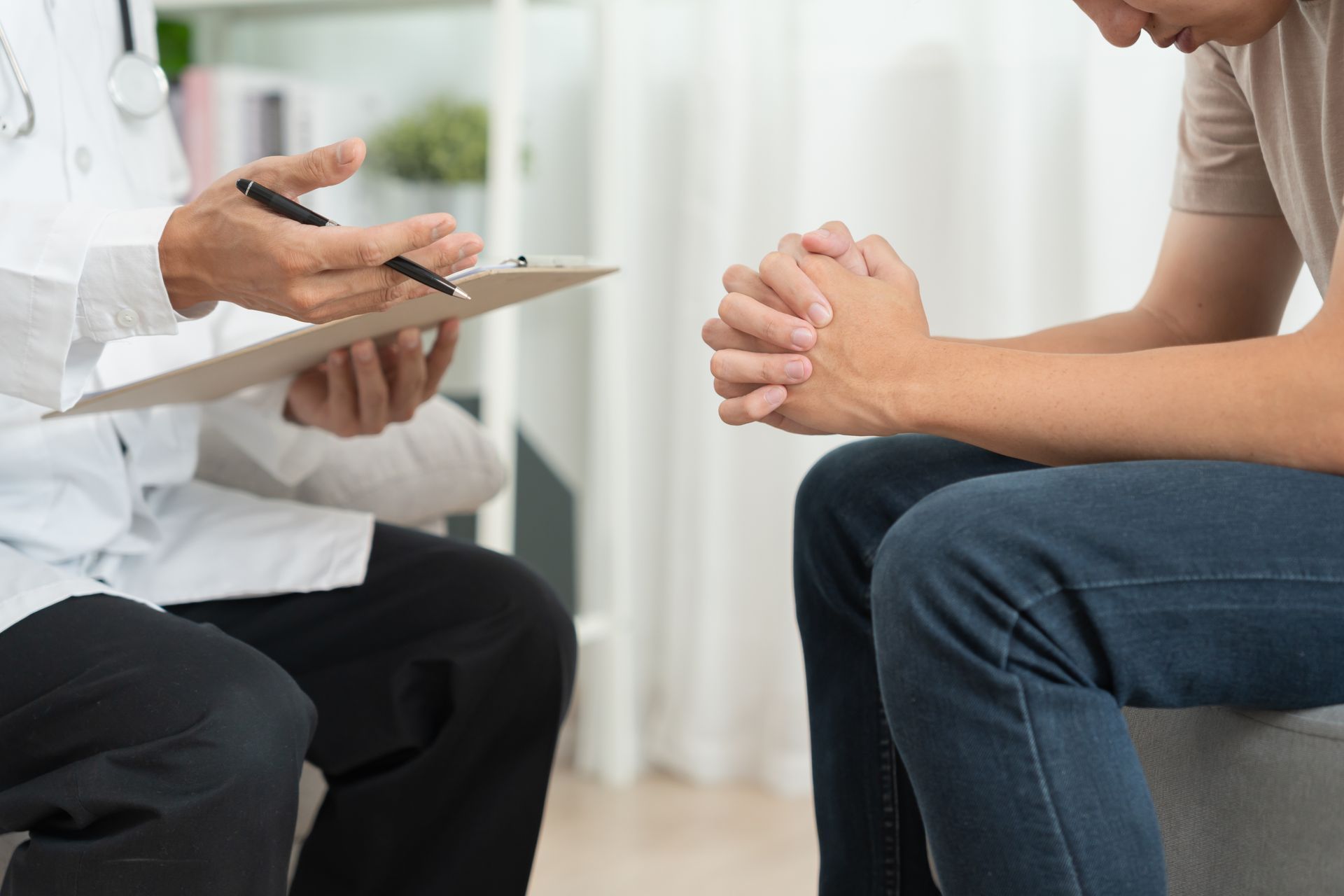How to Prepare for Your First Virtual Psychiatry Appointment

Navigating mental health can feel overwhelming, especially when considering the next steps in your journey. Enter virtual psychiatry—an innovative way to connect with mental health professionals from the comfort of your own home. Whether you're seeking help for anxiety, depression, or other concerns, booking an appointment online offers a level of convenience that traditional office visits simply can't match.
As more people turn to telehealth solutions, understanding how to make the most out of your first virtual psychiatry session becomes essential. Not sure where to begin? Don't worry; we’ve got you covered with tips and insights that will prepare you for a successful experience. Let’s dive into this new world of mental health support together!
What is Virtual Psychiatry?
Virtual psychiatry is a modern approach to mental health care that connects patients with qualified psychiatrists through digital platforms. This can include video calls, phone consultations, or messaging systems.
By utilizing technology, individuals no longer need to travel long distances or wait weeks for an in-person appointment. Instead, they can engage with their provider from the comfort of their home.
This method allows for greater flexibility in scheduling and access to specialists who may not be available locally. For those living in remote areas or dealing with mobility issues, virtual psychiatry offers essential support.
Furthermore, it removes some barriers associated with traditional therapy settings—like stigma and anxiety about entering an office environment. Embracing this mode of treatment brings mental health resources right into your pocket.
Benefits of Virtual Appointments
Virtual appointments offer unparalleled convenience. You can attend sessions from the comfort of your home, eliminating travel time and related stress.
Accessibility is another significant advantage. Individuals living in remote areas or those with mobility challenges can access mental health care more easily through virtual platforms.
Flexibility in scheduling is also a key benefit. Many providers now offer same-day bookings, making it simpler to find an appointment that fits into your busy life.
Additionally, online environments may encourage openness for some patients. They might feel more at ease discussing personal matters when they are in a familiar setting.
Privacy concerns often diminish as well; many users appreciate the level of confidentiality that comes with telehealth services. This can lead to more honest conversations and better outcomes overall.
Choosing the Right Provider for Your Needs Such as Virtual Psychiatric Care to Book Same Day
Finding the right provider for
virtual psychiatric care can feel overwhelming. It’s crucial to consider what specific needs you have. Are you looking for someone who specializes in anxiety, depression, or perhaps ADHD? Make sure to check their areas of expertise.
Look for providers that offer same-day appointments such as Virtual Psychiatric Care. This flexibility can be a lifesaver when you're in need of immediate support. Many platforms also allow you to read reviews from other patients, giving you insight into their experiences.
Consider the technology used by the provider. Some may use user-friendly apps while others might rely on video conferencing software. Ensure it aligns with your comfort level.
Trust your instincts. When speaking with potential providers, gauge how comfortable and supported they make you feel during initial interactions. Your mental health is paramount; finding the right fit matters immensely.
How to Prepare for Your Appointment
Preparing for your first virtual psychiatry appointment can make the experience smoother and more beneficial. Start by jotting down any symptoms or concerns you want to discuss. This will help you stay focused during your session.
Gather relevant medical history, including medications you're taking and previous treatments you've tried. Having this information at hand can provide valuable context for your provider.
Consider writing down questions you may have about the process, treatment options, or even the technology being used. This ensures that all your thoughts are addressed.
Take a moment to reflect on what goals you'd like to achieve from this appointment. Setting clear intentions can lead to a more productive conversation with your psychiatrist.
Setting Up Your Technology and Environment
To ensure a smooth virtual psychiatry appointment, start by checking your technology. A reliable internet connection is crucial. Test your Wi-Fi speed to avoid interruptions.
Next, choose a quiet space for your session. Look for an area free from distractions and noise. Inform those around you that you’ll be in an important meeting.
Adjust the lighting so your specialist can see you clearly. Natural light works best but if that's not possible, use soft lamps to enhance visibility without harsh glare.
Familiarize yourself with the video platform beforehand. Download any necessary apps and conduct a trial run to navigate features like mute and video settings easily. This way, you're ready to focus on what matters—your mental health journey.
Communicating Effectively with Your Specialist
Effective communication with your psychiatrist is vital for a successful appointment. Begin by clearly expressing your concerns and symptoms. It’s important to be open about what you’re experiencing.
Take notes before the session. Jot down any questions or thoughts that arise in the days leading up to the meeting. This will help you stay focused during your conversation.
Use specific examples when describing how you feel. Instead of saying “I’m anxious,” explain situations that trigger this feeling, like social gatherings or work stress.
Be honest about your medical history and previous treatments, including medications you've tried and their effects on you. This context helps your specialist tailor their approach.
Don’t hesitate to ask for clarification if something isn’t clear. Understanding your treatment plan is key to managing mental health effectively and collaboratively.
Coping with Any Challenges or Technical Difficulties
Technical difficulties can be frustrating, especially during a critical appointment. It's essential to stay calm and remember that these issues happen to everyone at some point.
If you experience connectivity problems, try reconnecting your device or switching between Wi-Fi and cellular data. A stable internet connection is crucial for smooth communication.
Don’t hesitate to reach out to your provider's support team if the problem persists. Many practices offer assistance before or during appointments. They want you to have a positive experience.
Prepare in advance by having backup options ready—like an alternative device or phone number for the call. This way, you won’t feel stuck if something goes wrong.
Keep a list of questions handy on paper or another device so you're not thrown off track during any interruptions. This preparation helps maintain focus despite technical challenges.
Conclusion: Embracing the Convenience and Accessibility of Virtual Psychiatry
Virtual psychiatry represents a significant shift in how mental health care is delivered. The convenience it offers cannot be overstated. You can access expert advice from the comfort of your own home, removing barriers that may have previously hindered you from seeking help.
The accessibility of these services allows more people to engage with mental health professionals without the stress of travel or long waiting times. Whether you're dealing with anxiety, depression, or any other concern, virtual appointments make it easier than ever to connect with someone who can guide you.
As technology continues to evolve, so does our ability to seek support when we need it most. Embracing this format not only enhances your treatment options but also aligns perfectly with modern lifestyles. The ease and flexibility offered by virtual psychiatry could very well change the landscape of mental health care for good, making it a valuable resource for anyone looking to improve their well-being.











